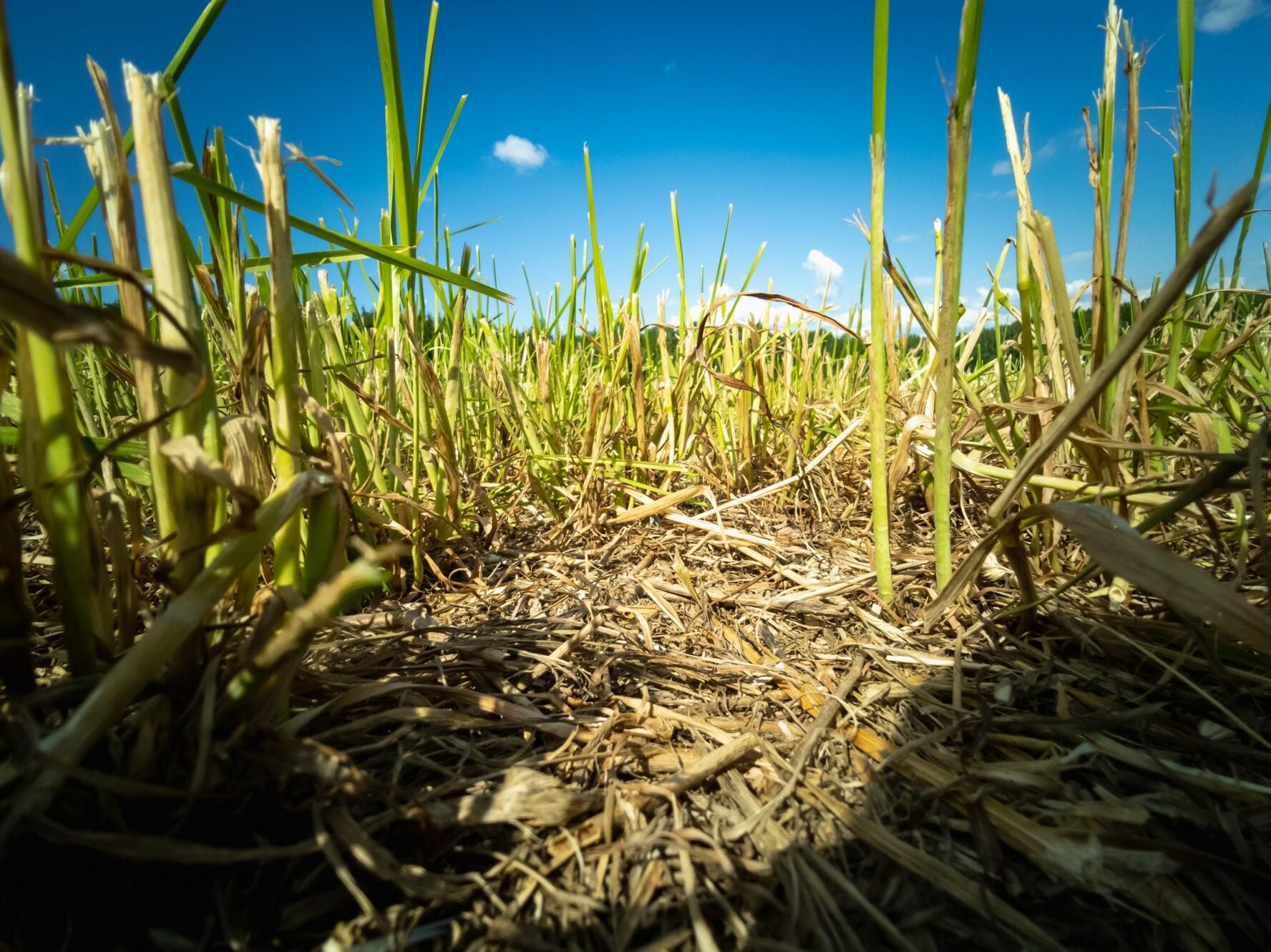
The world food import bill is expected to exceed last year’s unprecedented high in 2022, posing an added risk to food security.
Import costs are estimated to reach US$1.94trn by year-end, a 10% increase on 2021’s record level, according to a report from the Food and Agriculture Organization of the United Nations (FAO). The estimate is higher than previously expected, the global body said in its twice-yearly Food Outlook publication.
However, the pace of increase is likely to slow as “higher world food prices” and depreciation in currencies against the US dollar weigh on the purchasing power of importers, and subsequently, “on the volumes of imported food”, the FAO explained.
Elevated world food prices are also more of a burden for what the FAO calls “economically vulnerable country groups” than “high-income” countries, boiling down to affordability.
While developed countries will account for the “bulk” of the import bill increase, replete with rising volumes, a different scenario is likely to play out in less-developed countries.
For example, the FAO said, “the aggregate food import bill for the group of low-income countries is expected to remain almost unchanged even though it is predicted to shrink by 10% in volume terms, pointing to a growing accessibility issue for these countries”.

US Tariffs are shifting - will you react or anticipate?
Don’t let policy changes catch you off guard. Stay proactive with real-time data and expert analysis.
By GlobalDataThe report warned: “These are alarming signs from a food-security perspective, indicating importers are finding it difficult to finance rising international costs, potentially heralding an end of their resilience to higher international prices.”
As the disparity is likely to become more pronounced, less-developed countries will be restricted on the foodstuffs they import, the FAO suggested, such as staple foods as opposed to “the entire spectrum of food products” for high-income countries.
The FAO also assesses the import bill for agricultural inputs such as fertilisers. That is expected to rise 48% on last year to $424bn in 2022.
Energy and fertiliser are the main culprits for the input-cost increase, “posing strains for the current accounts of low-income and lower-middle-income countries”, the FAO said.
It added: “As a result, some countries may be forced to reduce input applications, almost inevitably resulting in lower agricultural productivity and lower domestic food availability.”
COP27 – Infarm seeks support to commercialise indoor-grown wheat



